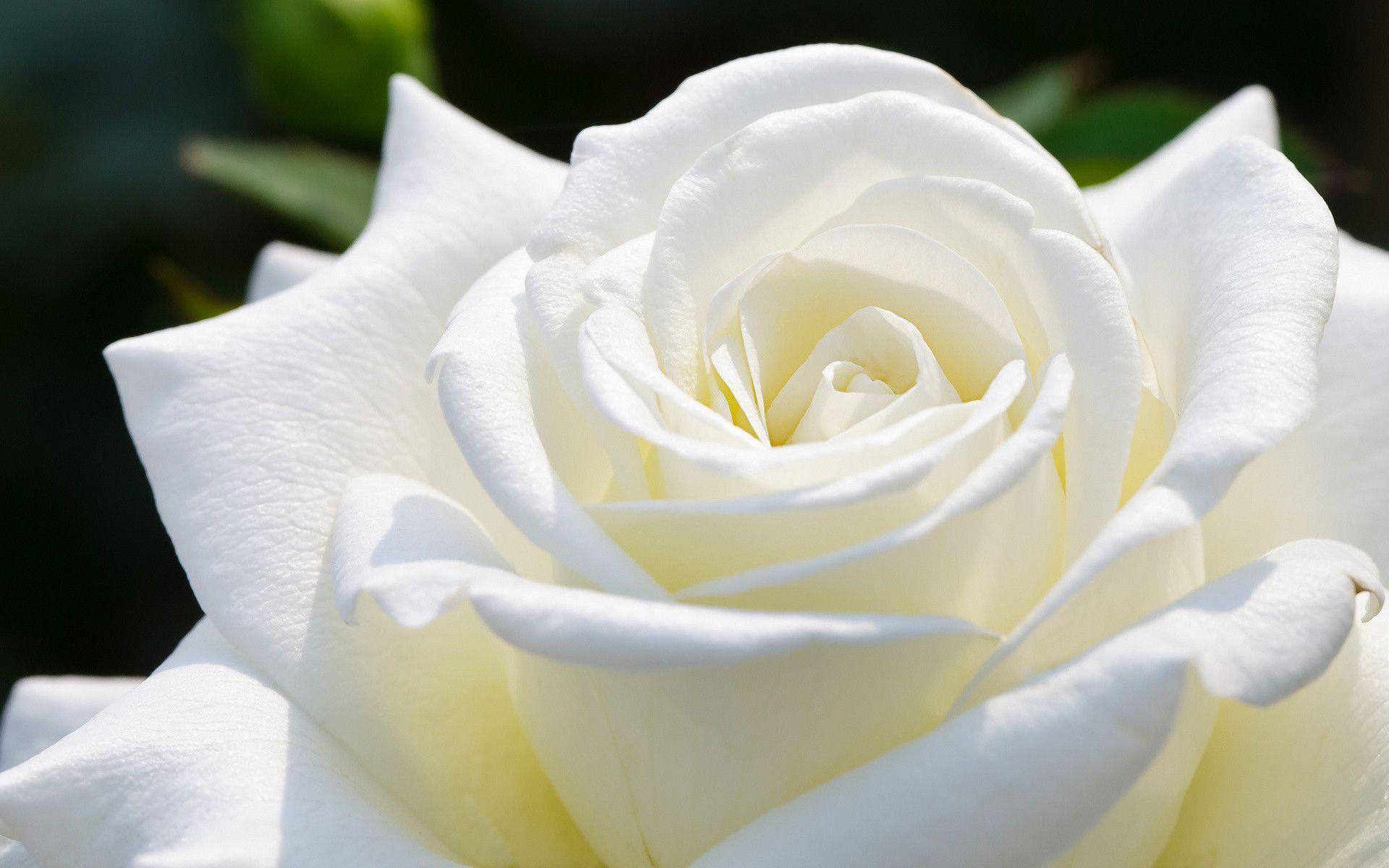The white desert rose plant, a captivating species of the succulent family, captivates with its pristine beauty and remarkable resilience in the harsh desert environment. Its delicate flowers, adorned in a vibrant shade of white, bloom amidst succulent leaves, creating a striking contrast against the arid landscape.
As we delve into the world of the white desert rose plant, we will explore its distinct physical characteristics, delve into the intricacies of its cultivation and care, and uncover its traditional and modern uses. Prepare to be enchanted by the allure of this desert gem.
Description and Characteristics

The white desert rose plant, scientifically known as Adenium obesum ‘Alba’, is a striking and distinctive succulent that captivates with its unique appearance. It is characterized by a swollen, bulbous base, known as a caudex, which acts as a water reservoir, enabling the plant to survive in arid environments.
The caudex is topped by a cluster of slender, succulent stems that bear narrow, elongated leaves. The leaves are typically green in color, with some varieties exhibiting variegated or reddish hues. The plant’s most striking feature is its exquisite flowers, which bloom profusely during the spring and summer months.
Flowers
The white desert rose plant produces funnel-shaped flowers that range in size from 2 to 4 inches in diameter. These flowers are a pure, snowy white, with a delicate fragrance that attracts pollinators. The petals are arranged in a symmetrical pattern, forming a star-like shape. The flowers are borne on long, slender stalks that emerge from the leaf axils.
Cultivation and Care: White Desert Rose Plant

The white desert rose plant thrives in warm, dry climates and requires specific conditions to flourish.
When selecting soil for the white desert rose plant, it’s essential to ensure proper drainage. A well-draining soil mix, such as a combination of cactus potting mix and perlite, provides the optimal environment for root development and prevents waterlogging.
Sunlight is crucial for the growth and flowering of the white desert rose plant. These plants prefer bright, indirect sunlight, similar to the conditions they experience in their natural habitat. Avoid exposing them to intense, direct sunlight, as this can scorch the leaves and hinder growth.
Watering requirements for the white desert rose plant vary depending on the season and climate. During the growing season, water the plant deeply and allow the soil to dry out completely before watering again. In the dormant season, reduce watering significantly, as the plant’s water needs are minimal.
Propagation
Propagating the white desert rose plant can be done through cuttings or seeds. Stem cuttings taken from mature plants during the growing season have a high success rate. Allow the cuttings to callous over before planting them in a well-draining soil mix. Seeds can also be sown directly into the soil, but germination may take several weeks.
Care, White desert rose plant
Regular care is essential for maintaining the health and longevity of the white desert rose plant. Fertilize the plant monthly during the growing season with a balanced fertilizer diluted to half strength. Prune the plant as needed to remove dead or damaged stems and encourage branching.
The white desert rose plant is relatively pest-resistant, but it can be susceptible to mealybugs and scale. Monitor the plant regularly for signs of infestation and treat accordingly.
Uses and Benefits
/bottle-tree---endemic-of-socotra-island-487152745-1371edb9dbf64ebcaf71c613517be725.jpg)
The white desert rose plant has been valued for centuries for its medicinal properties and ornamental beauty. It is believed to possess several health benefits and is commonly used in traditional medicine.
In traditional medicine, the white desert rose plant is used to treat various ailments, including:
- Digestive issues such as diarrhea and dysentery
- Skin conditions like eczema and psoriasis
- Respiratory problems such as asthma and bronchitis
- Fever and inflammation
Modern research has begun to explore the potential health benefits of the white desert rose plant. Studies have shown that it may have antioxidant, antibacterial, and anti-inflammatory properties.
Ornamental Plant
The white desert rose plant is also prized as an ornamental plant. Its unique and striking appearance makes it a popular choice for landscaping. It can be grown in containers or directly in the ground and is relatively easy to care for.
When incorporating the white desert rose plant into landscaping designs, consider its size and shape. It can grow to be several feet tall and wide, so it is best suited for larger gardens or open spaces. Its unusual shape and succulent leaves make it a focal point in any garden.
